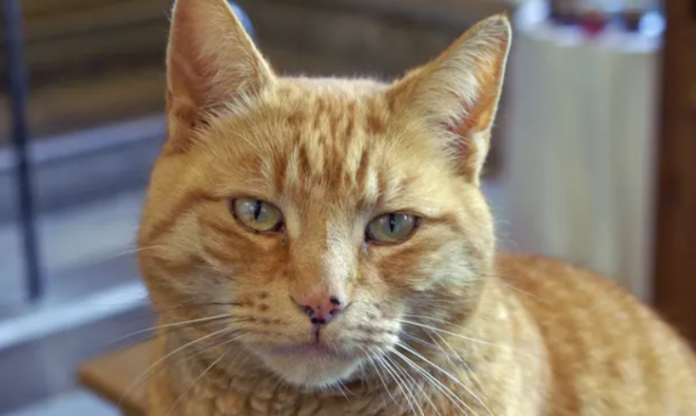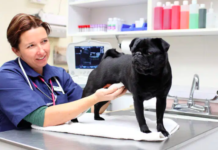Did the cat find you, or you found the cat? Either way, humans have to deal with the situation. Wanting to help a lost cat can be appreciated, but how do you help them? And how can you tell if it is a frisky feral cat or somebody’s lost pet?
To get to the answer, you must follow proper steps, as any errors in judgment can deprive a furry precious of home or shelter living. Now, you don’t want to let go of a fluffy fur ball, assuming it to be feral, right? What if it was a lost or stray cat? You can make all the difference in its life by learning how to identify them and help them reach the right homes quickly.
If the cat is not feral and you have had its microchip check for ownership, you can either adopt it or surrender it to an animal shelter. If you take responsibility for the furry feline, consider purchasing pet insurance for cats so the kitty can be provided the required medical care and you don’t have to take the entire economic burden alone.
Purchase cat insurance, but only after assessing the kitty’s health requirements, policy benefits, and affordability. In the meantime, read this article to learn the steps to take if you find a feral, stray, or lost cat.
Feral cat
These cats have no human caretakers. They might have had little or no contact with humans in the past. They are self-sufficient and happy to survive on their own.
If you chance upon a feral cat, you probably must reach out to one of the local animal rescue teams. Some cat rescuers practice a method known by the notation “TNR” – meaning to trap the cat, neuter/spay the cat, and return the cat to the outdoors. Others will keep the cat in a shelter, awaiting adoption, then likely euthanise after a certain amount of time if not adopted.
If you take a feral cat into your household or give them up at a shelter, the feral kitty will have a tough time adapting to human living. A feral cat that wasn’t socialized during kittenhood will find it challenging to learn human ways.
However, if you find a feral kitten, you can have the furry feline as your pet or drop them at an animal shelter or veterinary clinic for care and adoption. A young feral kitten will more likely be easily socialized and transformed into a lovely pet, so it’s completely worth taking the little fur ball into your home.
Stray cat
These cats were domesticated at some point; they had nurturers but have lost sight of their homes or owners or escaped from them a long time ago. Stray cats have a history of human contact, but with prolonged detachment from the human world, they can gradually turn into feral cats. They usually are a bit more trusting of people around, and many of them can learn to trust humans who show thoughtful, warm gestures.
As with a feral cat, take them to a vet or rescue shelter. If that has been done and no ownership is found then you need to decide whether to keep or leave them there for adoption.
Lost cat
These are cats who have unconsciously parted ways with their owners. Generally, their owners will be on an active lookout to recover them. You can see ‘lost cat’ ads on social media platforms, cat finder sites, signposts in the neighborhood, etc. Cat collars with ID tags and microchips enable easy identification of lost cats. However, even if there is no ID and no chip, don’t assume it isn’t a lost cat.
Even if you don’t find a ‘lost cat’ notice for the cat you have found, ensure you take them to a vet or shelter in the first instance. These professionals can help you and/or the cat through the next steps.
You can learn to distinguish between the types of cat by knowing their typical signs and going through the steps above. Suppose you decide to take responsibility for a cat, make sure you provide it with basic needs of life, including health support in the form of cat insurance. Consider purchasing pet insurance for cats to help support your fluffy feline during covered health conditions and cat emergencies, as every cat deserves to be happy and healthy.
































